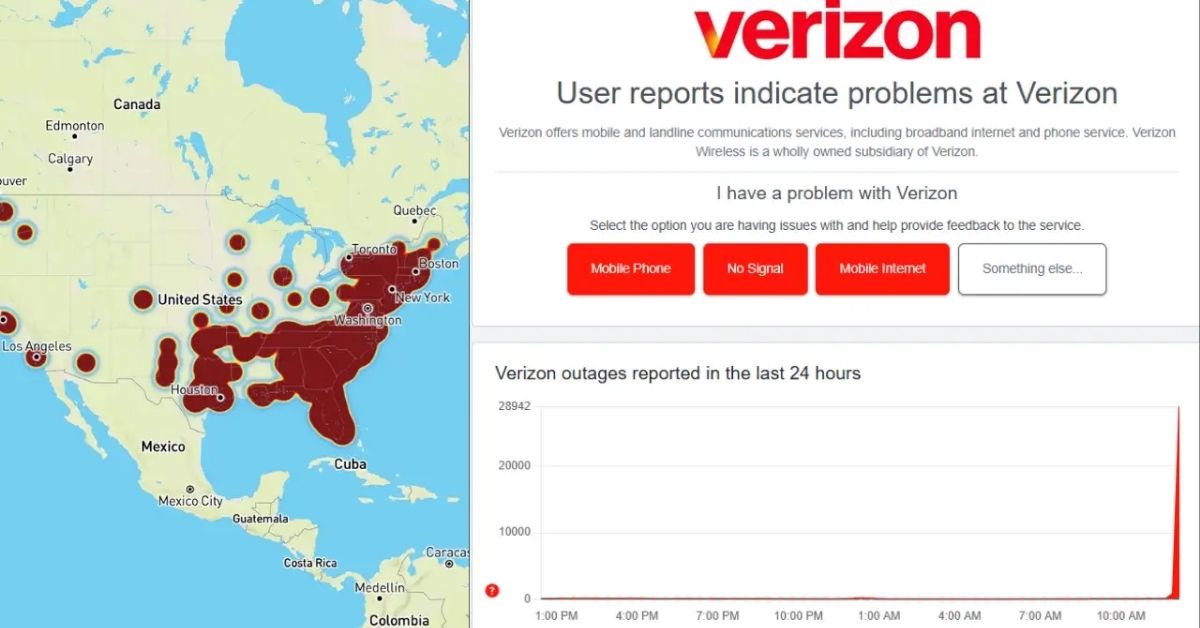Learn how states leverage 529 college savings plans and Qualified Student Loan Bonds to make higher education more affordable and accessible for students.
The Education Finance Council (EFC), the national trade association representing nonprofit and state-based higher education finance organizations, has published a comprehensive research brief titled “How States Use Tax Incentives to Make College More Affordable for Their Residents.” The report highlights how states effectively utilize 529 college savings plans and Qualified Student Loan Bonds (QSLBs) to enhance the accessibility and affordability of higher education for students nationwide.
According to EFC President Gail daMota, while student grant aid programs have long been recognized as essential in promoting college access and completion, state-sponsored savings plans and QSLBs play an equally crucial yet under-recognized role in supporting higher education outcomes.
The research brief draws on a series of case studies to demonstrate the tangible benefits of these tax-related policies:
- 529 College Savings Plans: Evidence suggests that even modest state investments in a child’s education savings account at birth can significantly increase the number of families with substantial funds allocated for higher education expenses by the time the child is college-ready.
- Qualified Student Loan Bonds (QSLBs): States that issue tax-exempt bonds for nonprofit student loan programs can offer student loans with interest rates nearly five percentage points lower than those available in the private lending market, thereby reducing the financial burden on borrowers.
Combined, these tax incentives can save postsecondary students substantial amounts on tuition and related costs while making pursuing higher education more financially manageable for families.
“State and federal policymakers committed to improving access to higher education should prioritize the strategic use of tax incentives,” said daMota. “Growing 529 plan accounts and expanding QSLBs have proven effective mechanisms for increasing college enrollment rates, particularly among low-income families, and can save borrowers thousands of dollars throughout their repayment.”
The EFC report emphasizes the role of nonprofit student loan organizations in guiding students and their families toward optimal financial solutions. EFC members provide low-cost loans with transparent terms, offering families an attractive alternative to more expensive Parent PLUS Loans or private student loans while supporting students throughout their educational journey.
By promoting these tax-related strategies, the EFC aims to underscore the importance of innovative financial solutions in making higher education more accessible and affordable for students nationwide.






